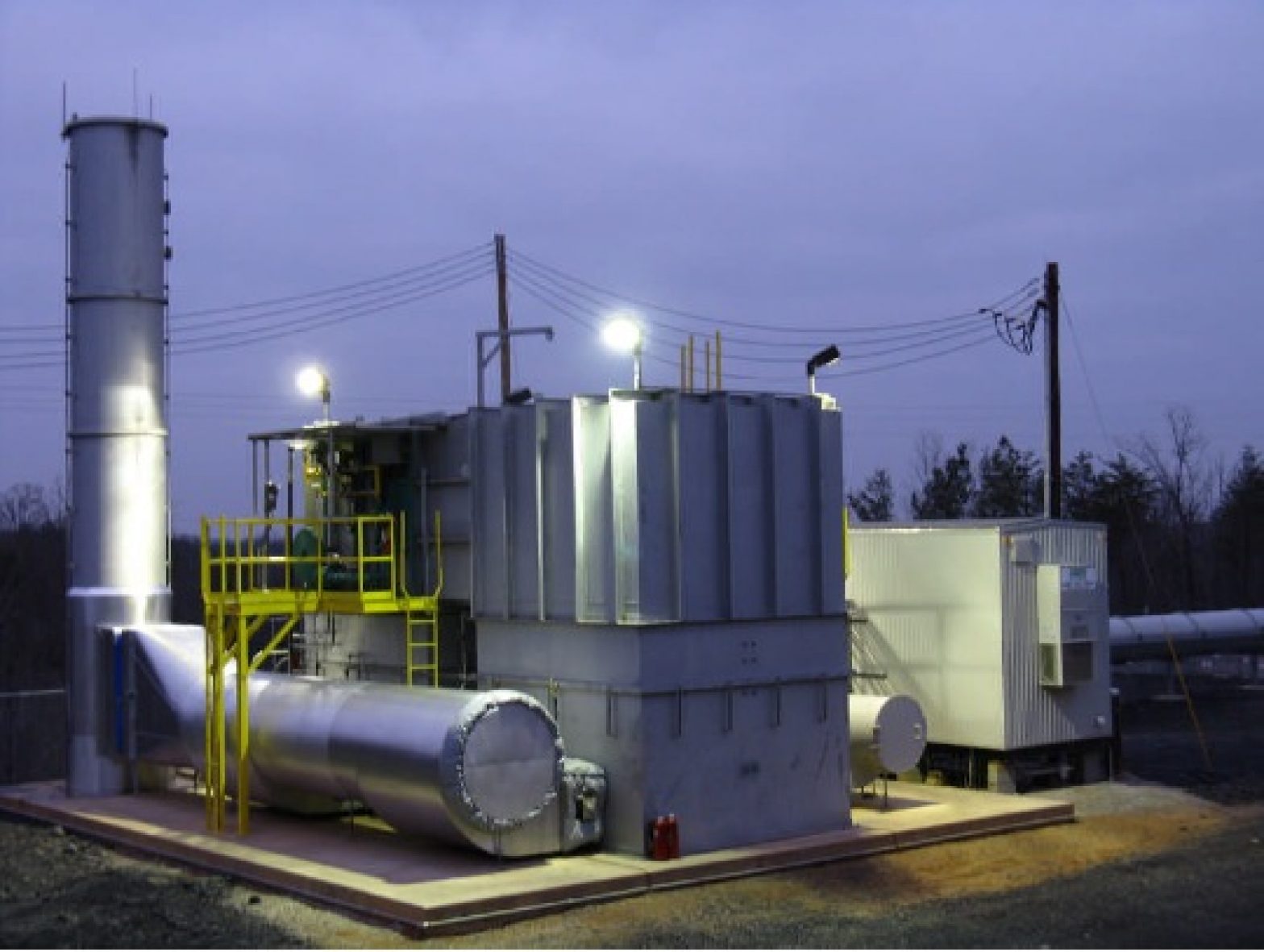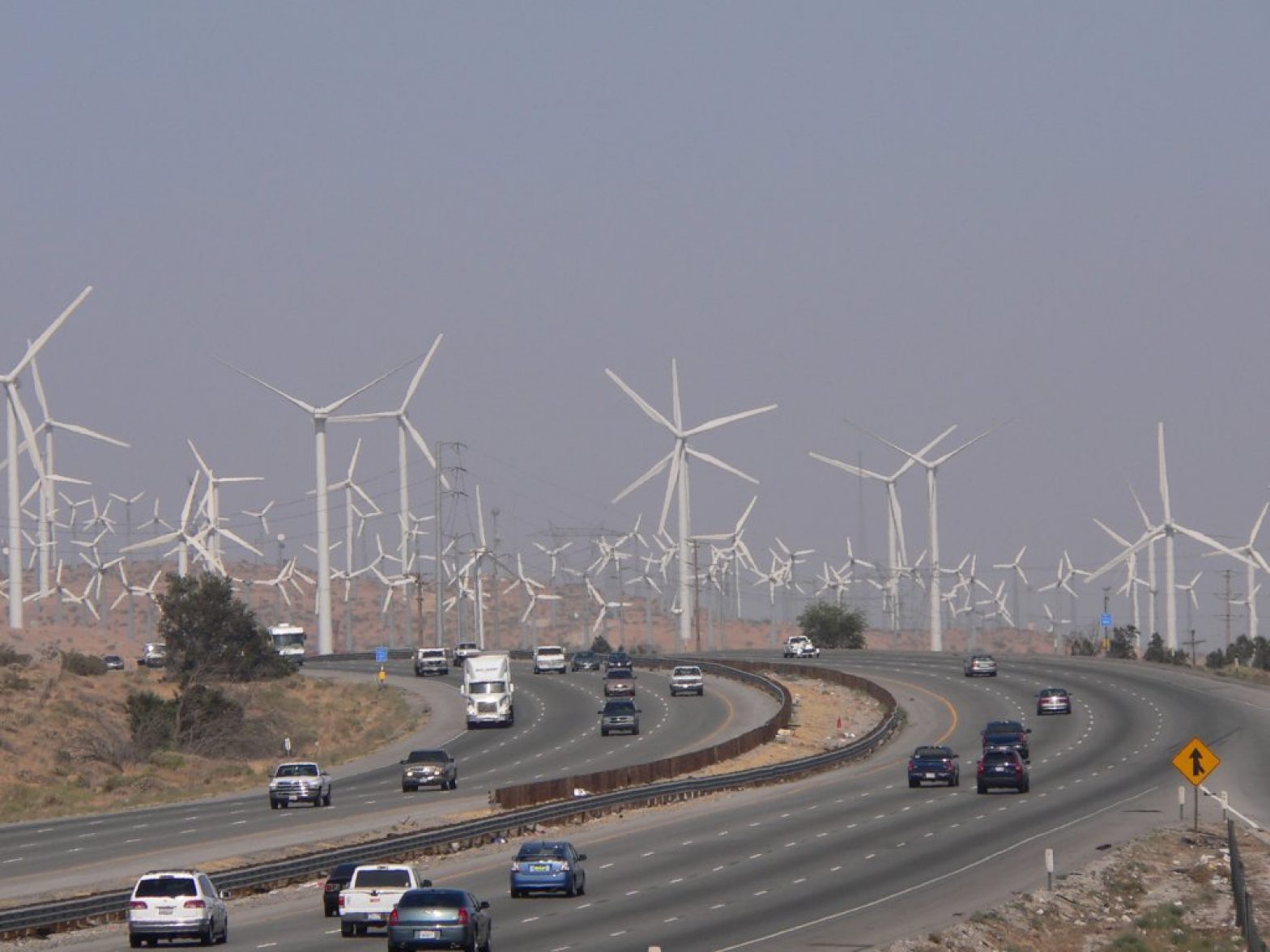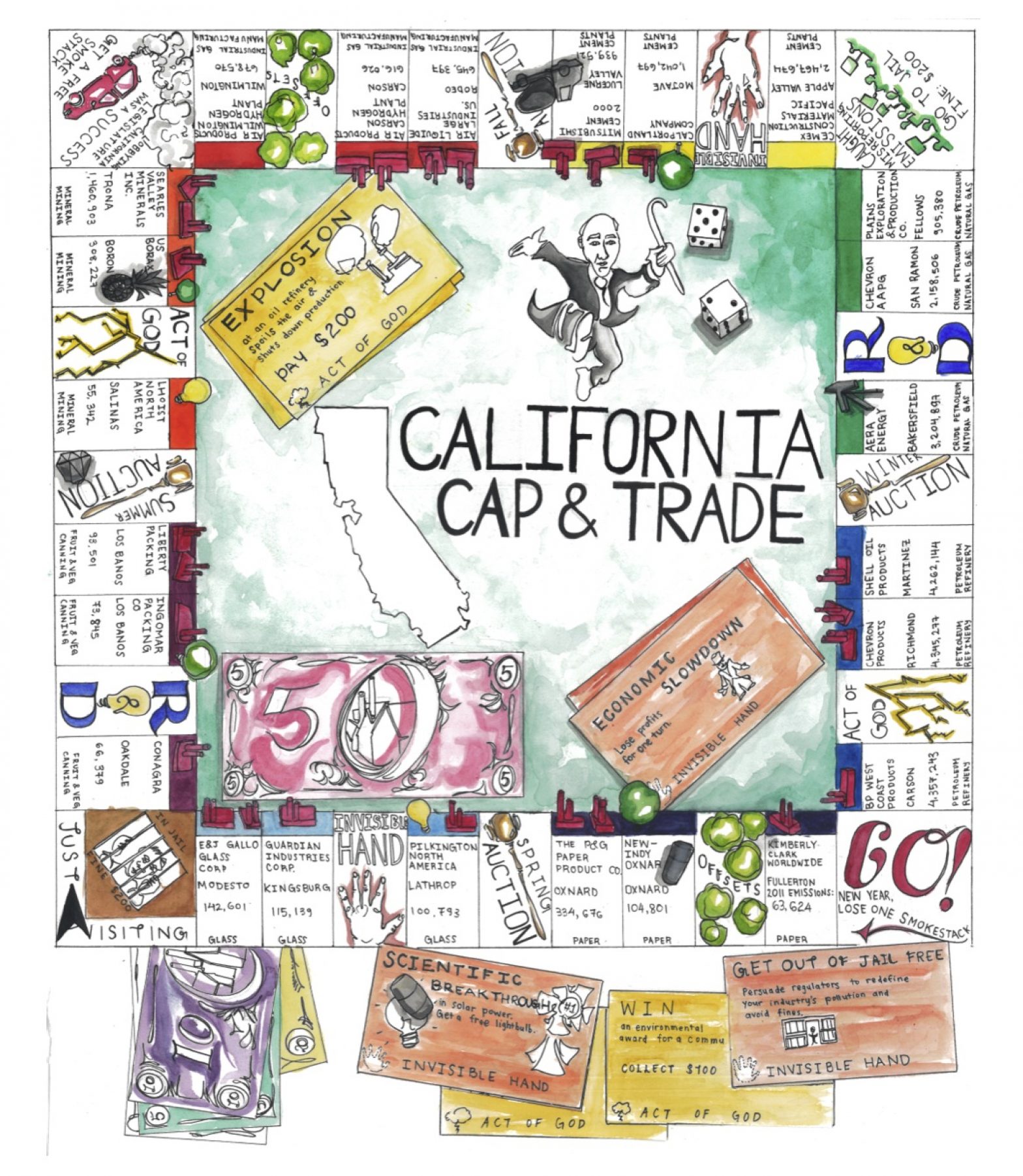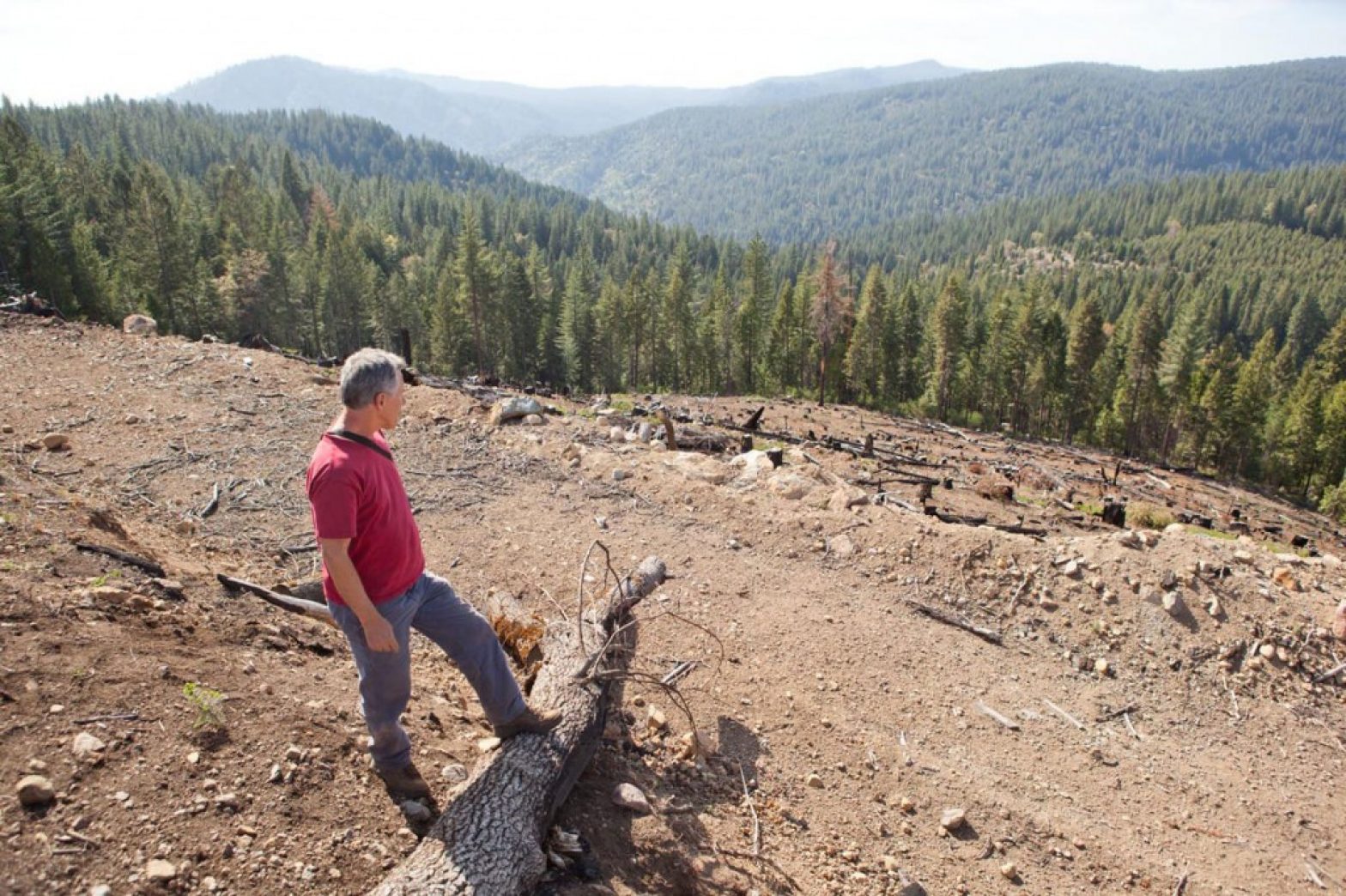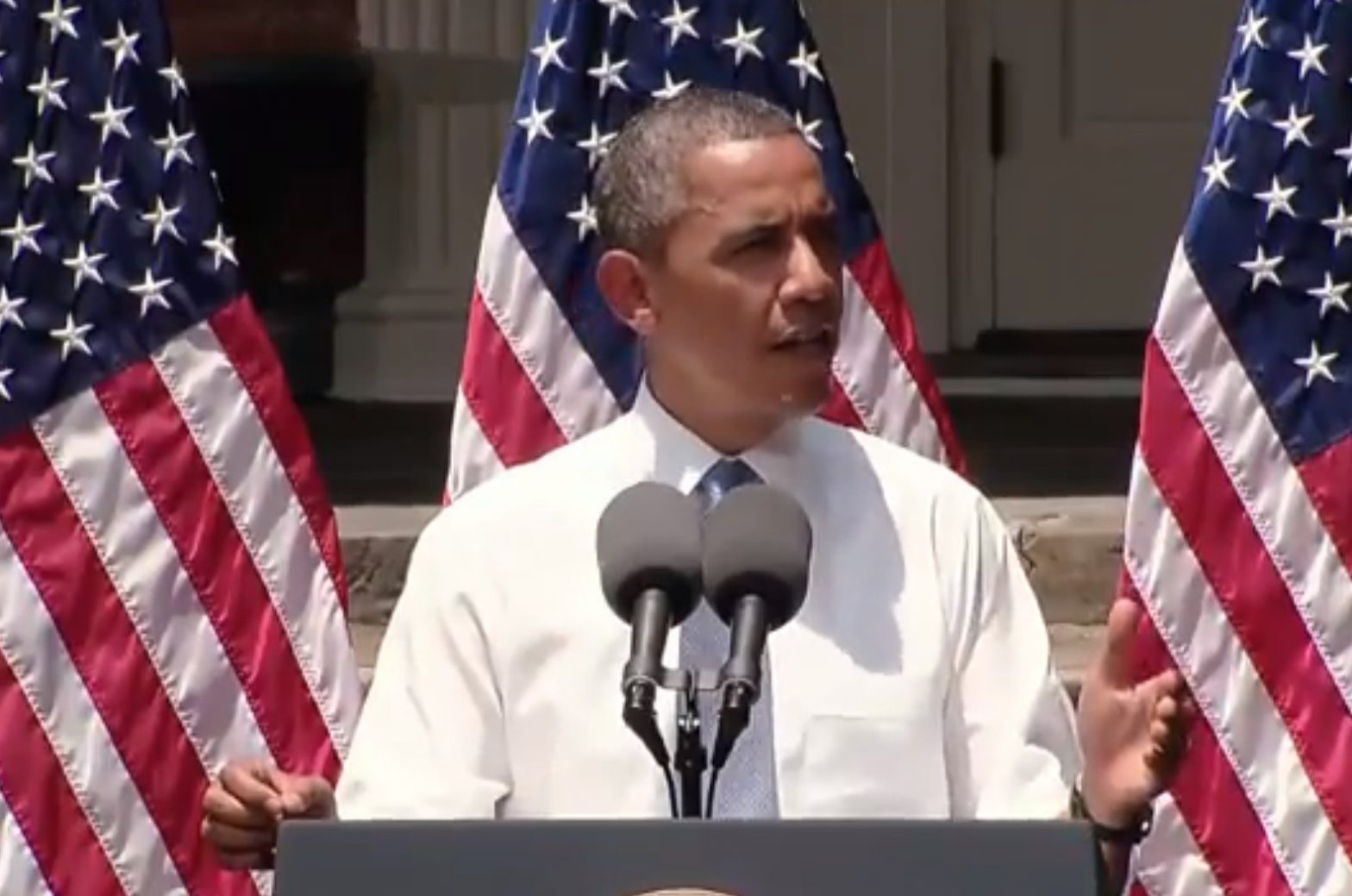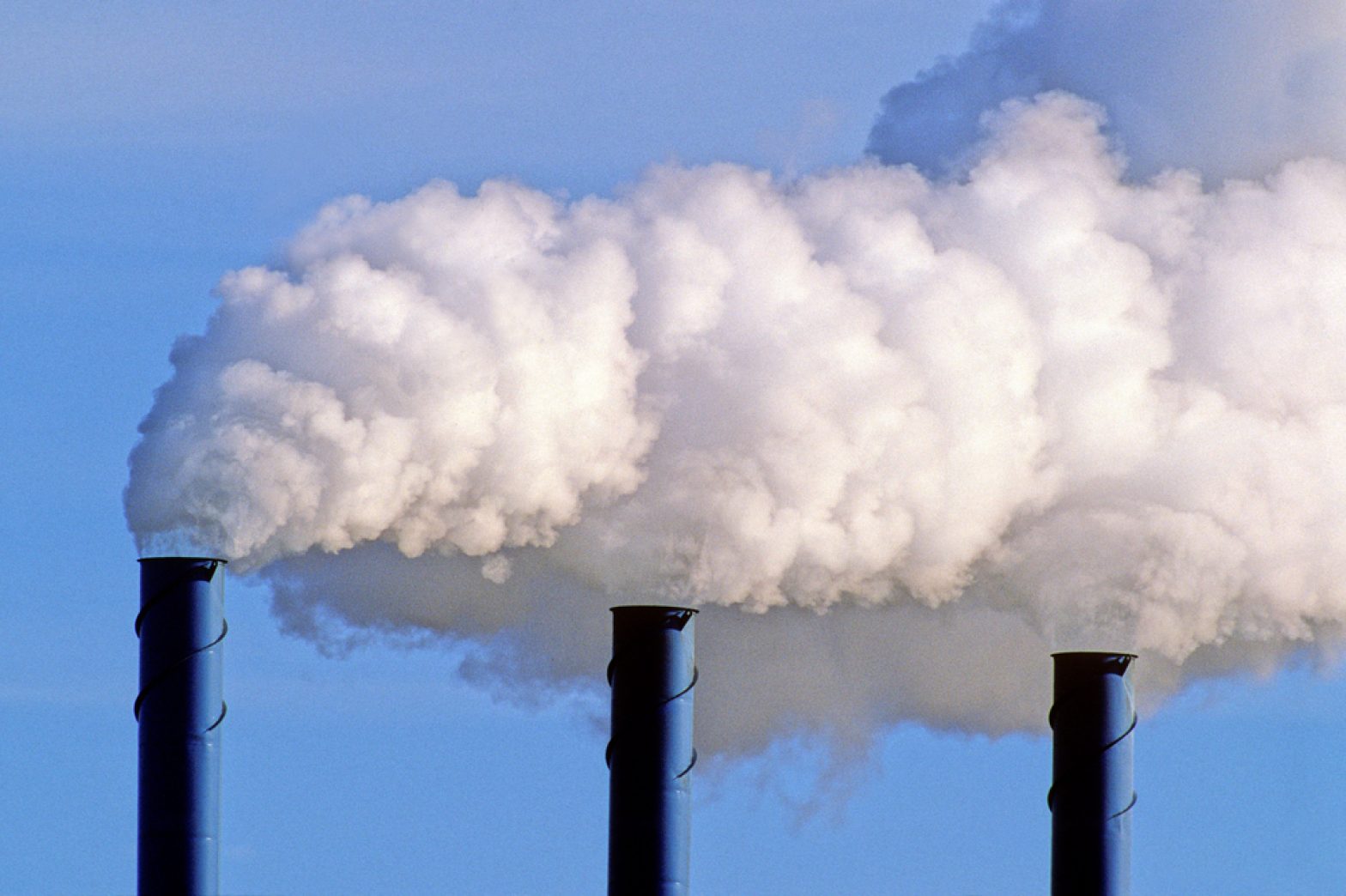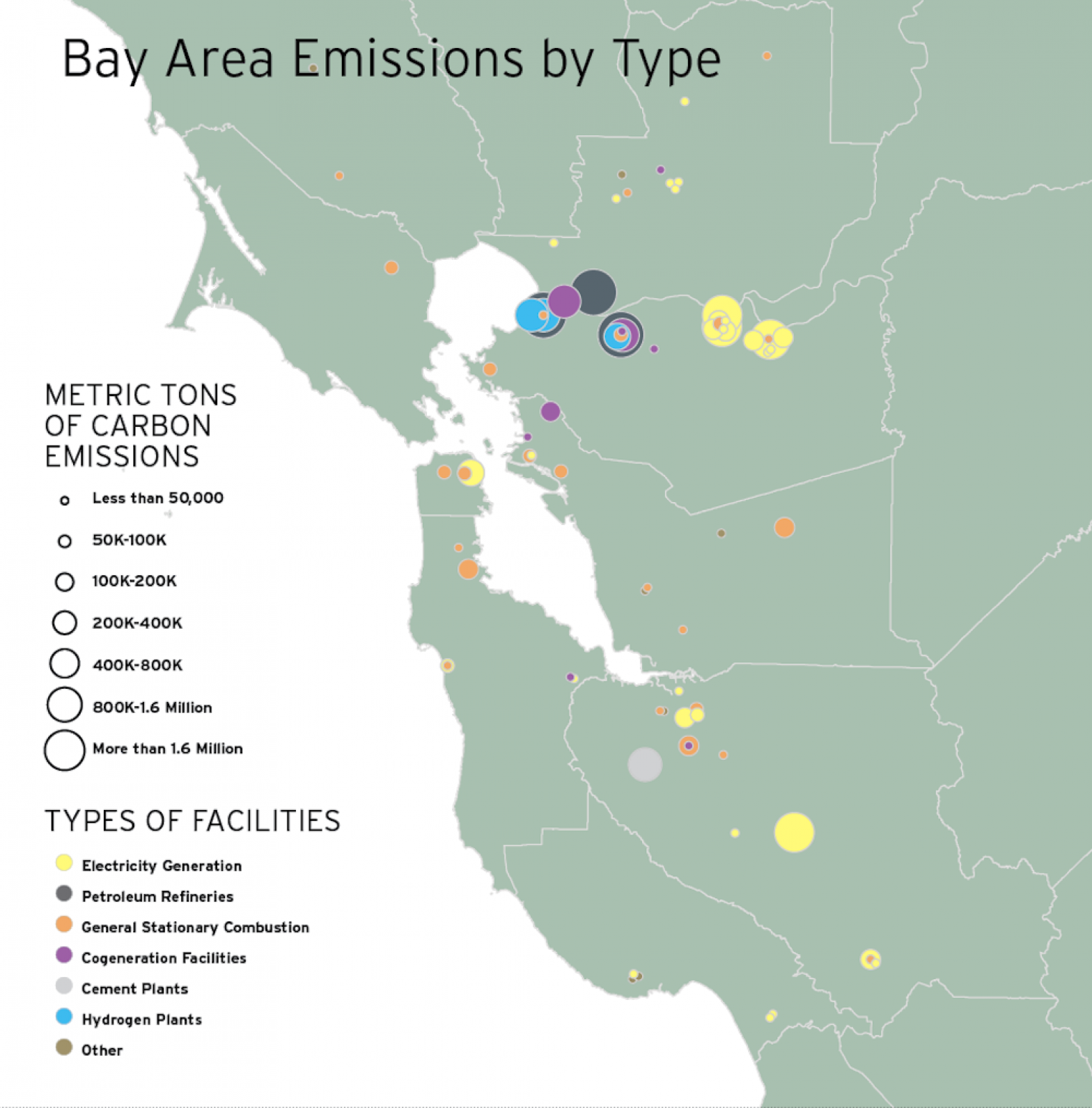Climate Change
Plans to Relax California Climate Regulations Upset Some Environmentalists
California regulators are weighing plans to make it easier and less expensive for oil refineries and other big industries to comply with the state’s new cap-and-trade system for cutting greenhouse gas emissions, and environmentalists are alarmed. At a hearing last week in Sacramento, the California Air Resources Board heard staff proposals to amend the year-old cap-and-trade program to extend “transition assistance” to industry through 2018. The change, coming on the heels of lobbying from industry, would give businesses possibly hundreds of millions of dollars worth of free allowances to pollute, and alter the economics of the emerging auction market for carbon.
